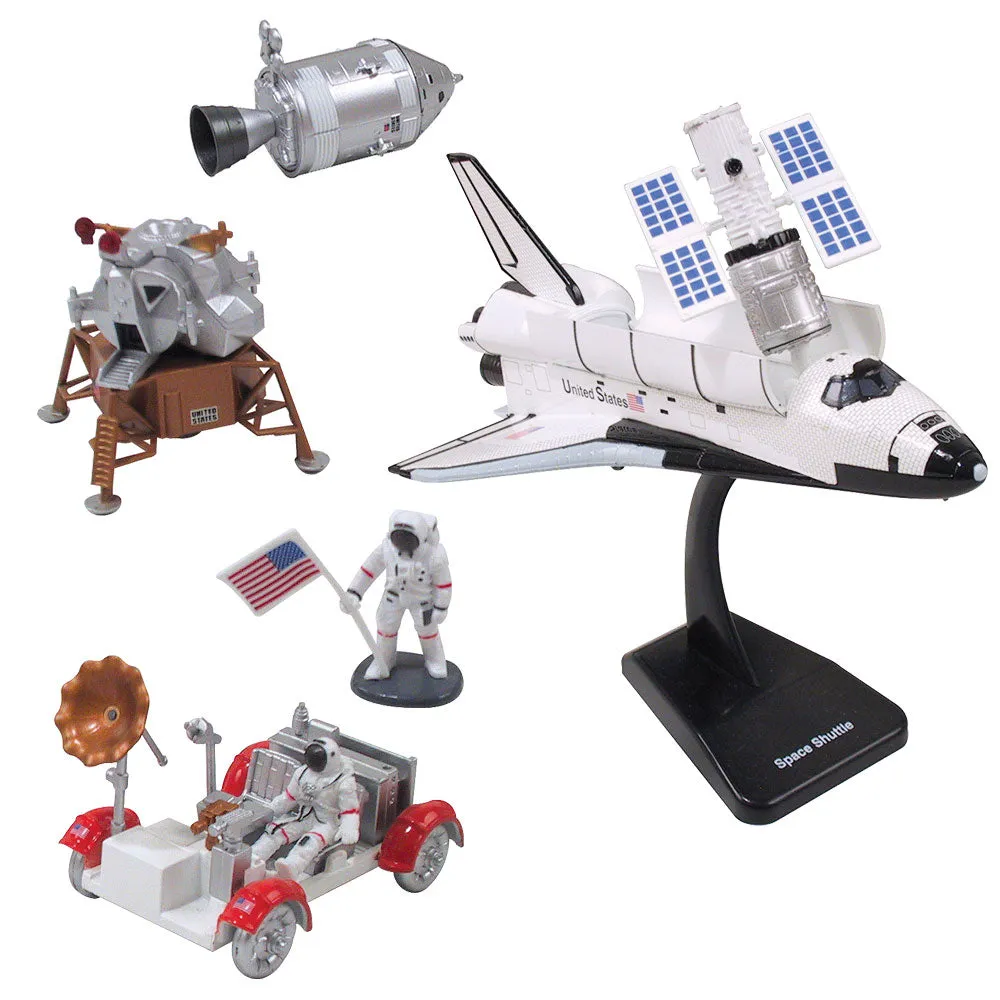What are Diecast Space Toys
Diecast space toys represent a fascinating intersection of hobby, history, and collectibility. These miniature marvels are typically crafted from metal alloys, often zinc, which are ‘die cast’ into intricate molds to create highly detailed replicas of spacecraft, rockets, and other space-related vehicles. The appeal of diecast space toys lies in their realism, durability, and the nostalgic connection they offer to the era of space exploration. Collectors and enthusiasts are drawn to the precision of the models, which often include accurate paint schemes, markings, and even miniature astronauts or crew members. These toys are not just playthings; they’re miniature pieces of art, representing a significant cultural and technological period. They embody the dreams and aspirations of humanity reaching for the stars, capturing the imagination of both young and old.
History of Diecast Space Toys
The history of diecast space toys parallels the broader history of space exploration itself. As the Space Race between the United States and the Soviet Union intensified in the mid-20th century, so did the demand for toys that reflected these exciting advancements. Companies like Corgi, Dinky, and others quickly capitalized on the public’s fascination, producing diecast models of rockets, satellites, and lunar modules. The early models, produced in the 1950s and 60s, are now highly sought after by collectors for their historical significance and the quality of their craftsmanship. These vintage toys serve as tangible reminders of a time when space travel was a symbol of technological prowess and boundless possibility. Over the decades, manufacturers continued to update their models, reflecting the evolution of space technology, from the early Sputniks to the Space Shuttle and beyond.
Why Collect Diecast Space Toys
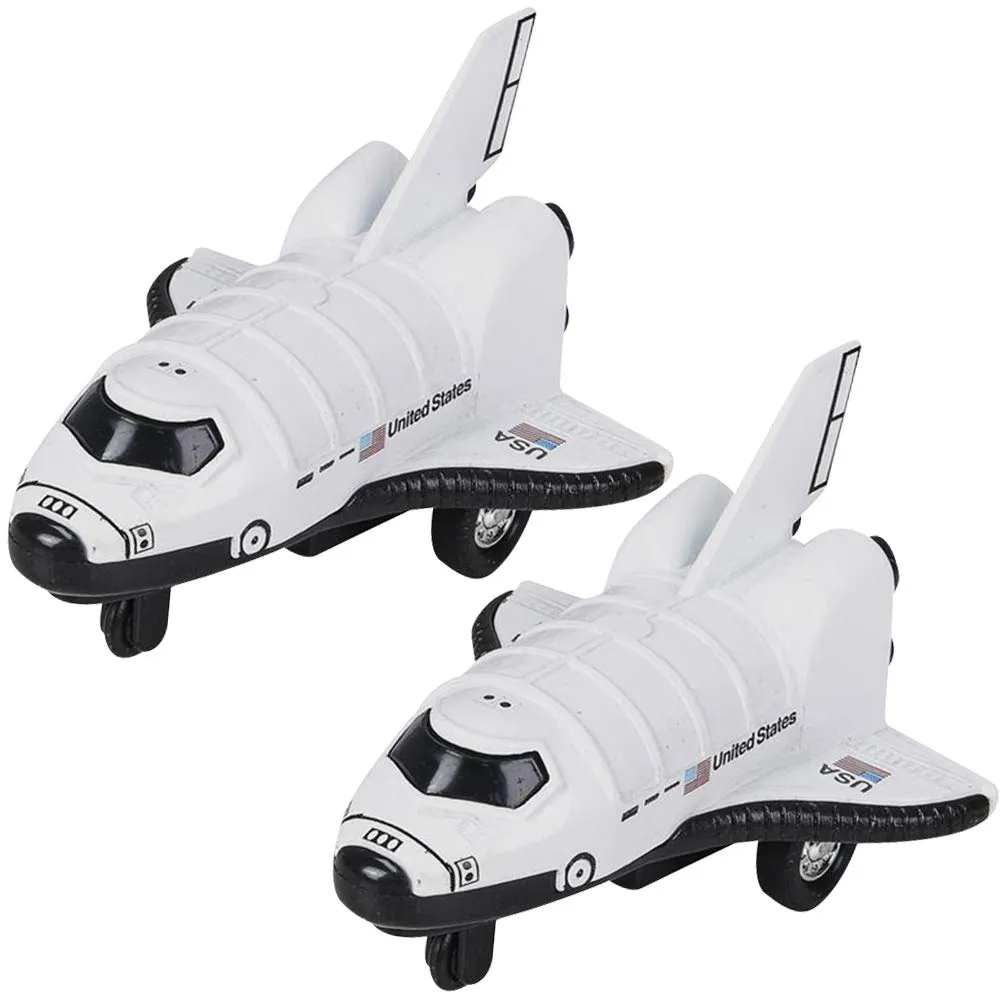
Collecting diecast space toys offers a unique blend of enjoyment, investment potential, and the thrill of the chase. For many collectors, it’s a deeply personal hobby, a way to reconnect with the wonder and excitement of their childhood, or to celebrate their passion for space exploration. The models themselves are often beautiful and intricately detailed, providing a tactile and visual pleasure that’s hard to match. Beyond the aesthetic appeal, collecting can also be a smart investment, as certain rare or limited-edition models can appreciate significantly in value over time. The community aspect of collecting is another major draw, with enthusiasts sharing knowledge, trading models, and participating in online forums and at toy shows. The desire to complete a set, find a specific model, or simply to own a piece of space history can be a powerful motivator.
Benefits of collecting
Collecting diecast space toys offers several benefits beyond the simple joy of ownership. It can be a relaxing and rewarding hobby, providing a creative outlet and a sense of accomplishment. The process of researching models, tracking down rare finds, and arranging a collection can be very fulfilling. It is also a great way to connect with others who share your passion. Collectors often form lasting friendships, sharing knowledge, trading models, and helping each other to find their dream pieces. Collecting also provides an opportunity to learn more about the history of space exploration, engineering, and the companies that produced these remarkable toys. As a form of investment, collecting diecast space toys can offer financial rewards. Certain models have proven to be a good investment over time, appreciating in value as they become rarer and more sought after. It is a hobby that combines pleasure, social connection, and the potential for financial gain.
Factors that influence value
The value of diecast space toys is determined by a number of key factors. Rarity is a primary driver; models produced in limited quantities or that are particularly hard to find are generally more valuable. Condition is crucial; toys in pristine, original condition with their original packaging command the highest prices. Historical significance plays a role, with models that represent important moments in space exploration history being highly desirable. The manufacturer also influences value, with well-known brands like Corgi and Dinky often associated with higher values. Originality is paramount; models that are all original with no replaced parts or modifications are more valuable. Demand, of course, is a significant factor, with models that are highly sought after by collectors fetching higher prices. Finally, any special features, such as rare paint schemes, special editions, or unique markings, can significantly increase a model’s value. The market is dynamic, so staying informed about current trends and values is key.
What to Look for in Diecast Space Toys
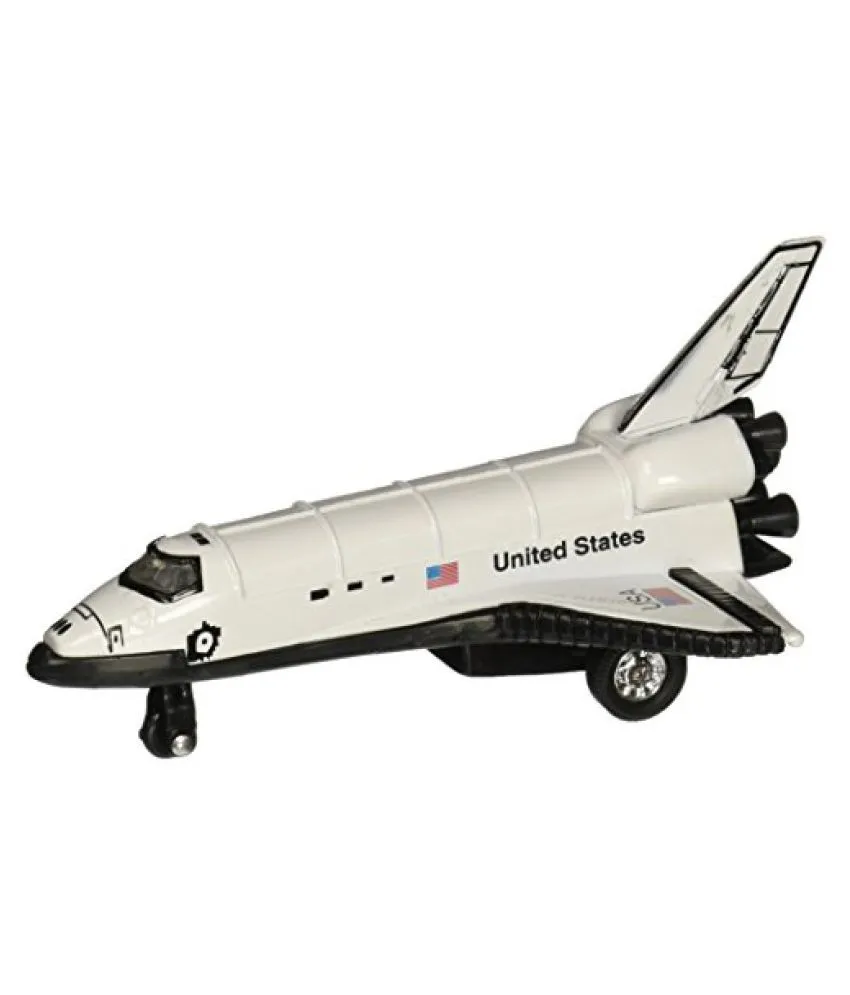
When selecting diecast space toys for your collection, there are several key factors to consider. Focus on models that capture your interest and resonate with your personal tastes, whether it’s a particular spacecraft, era, or manufacturer. Always examine the model’s condition carefully, looking for any signs of wear, damage, or repairs. Check for original packaging, as this significantly increases the value, especially for vintage models. Research the model’s history and rarity. Identify the manufacturer, and if it is a well-regarded brand, its history of producing quality toys increases the potential value. Consider the model’s scale and accuracy, as these factors can enhance its visual appeal and collectibility. Try to find models that are in good condition, with no missing parts or damage. Make sure the model is complete with all its original accessories. By taking a holistic approach to these considerations, you’ll be well-equipped to build a collection that you enjoy and that can appreciate in value over time.
Materials and Build Quality
The materials and build quality of diecast space toys are critical factors that influence both their aesthetic appeal and their longevity. Most models are constructed primarily from diecast metal, typically zinc alloy, which gives them a solid feel and allows for intricate detailing. The quality of the casting process is very important, as it directly impacts the sharpness of the model’s features. Paint quality and application are equally crucial. Look for even, smooth paint jobs without runs or blemishes. The presence of high-quality decals and markings, which accurately represent the original spacecraft, also adds to the model’s value. The assembly process must be examined, looking for well-fitted parts, tight joints, and the absence of any gaps or misalignments. Finally, details such as the quality of the wheels, landing gear, and other moving parts can indicate overall build quality. Higher-quality materials and superior craftsmanship translate to a more desirable and potentially valuable collectable.
Scale and Accuracy
Scale and accuracy are essential elements that affect the realism and desirability of diecast space toys. The scale refers to the ratio of the model’s size to the actual size of the spacecraft it represents. Common scales include 1:100, 1:72, and 1:48. Accuracy is the degree to which the model accurately represents the design, proportions, and details of the real-life counterpart. Collectors often prioritize accuracy, seeking models that faithfully replicate the original spacecraft’s appearance, down to the smallest details. Accurate models often feature intricate detailing, correct paint schemes, and realistic markings. When evaluating scale and accuracy, it is important to compare the model to photographs, diagrams, and other references. Check for the correct number of windows, the proper placement of engines, and the accurate representation of any other features. The most collectible models demonstrate a commitment to both precise scaling and exceptional attention to detail.
Rarity and Limited Editions
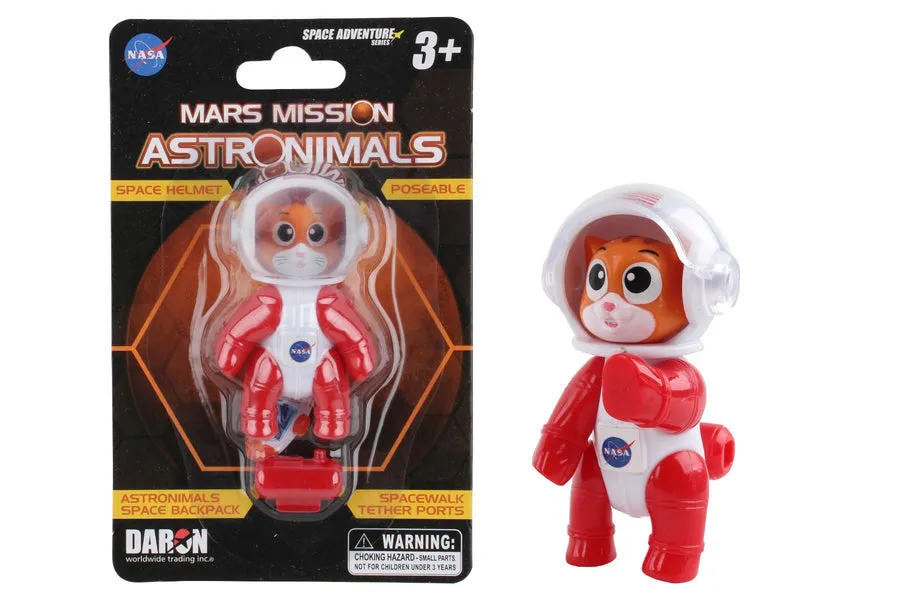
Rarity and limited editions are significant factors that drive the value and desirability of diecast space toys. Rare models are those that were produced in small numbers, making them difficult to find. Limited editions are often produced to commemorate special events, such as anniversaries or space missions, or as part of a specific series. These models typically feature unique paint schemes, markings, or packaging that make them instantly recognizable. The scarcity of a model directly affects its value, with rarer items commanding higher prices. Collectors are often willing to pay a premium for limited editions, as they are seen as both valuable collectables and exclusive pieces. When assessing rarity, look for models with unique markings, variations in paint, or a history of limited production runs. Investigate the model’s production numbers and the availability of the model in the secondary market. These factors will help to assess the rarity and overall value of the model.
Where to Find Diecast Space Toys
The hunt for diecast space toys can be as exciting as the collection itself. There are several avenues for finding models, each with its own unique advantages. Online marketplaces offer a vast selection, allowing you to browse models from various sellers across the globe. Specialty shops and dealers, whether brick-and-mortar or online, often stock rare and vintage items. Toy fairs and conventions provide a great opportunity to see models up close, meet other collectors, and negotiate prices. Each avenue requires a different approach, so it is important to be prepared. For example, online marketplaces offer convenience and selection but require you to be very aware of potential scams and the authenticity of the model. Specialty shops offer expertise and curated collections but may charge higher prices. Toy fairs provide opportunities for face-to-face negotiations and to find rare items. The best approach often involves a combination of sources, carefully researching prices, inspecting models, and building relationships with trusted sellers.
Online Marketplaces
Online marketplaces offer the largest selection of diecast space toys, giving access to a global community of sellers. Platforms like eBay, Amazon, and dedicated toy auction sites are common starting points for collectors. These marketplaces provide a wide variety of models, from common to very rare. The convenience of online shopping allows you to browse and purchase from the comfort of your home, with the ability to compare prices and read reviews. Be aware of the possibility of counterfeit models. It is important to check seller ratings, examine detailed photos, and carefully read the model descriptions. It is a great practice to ask the seller specific questions about the model’s condition and history. Researching the prices of comparable models will allow you to make an informed purchasing decision. Participating in online forums and connecting with other collectors can help you identify reliable sellers and avoid scams.
Specialty Shops and Dealers
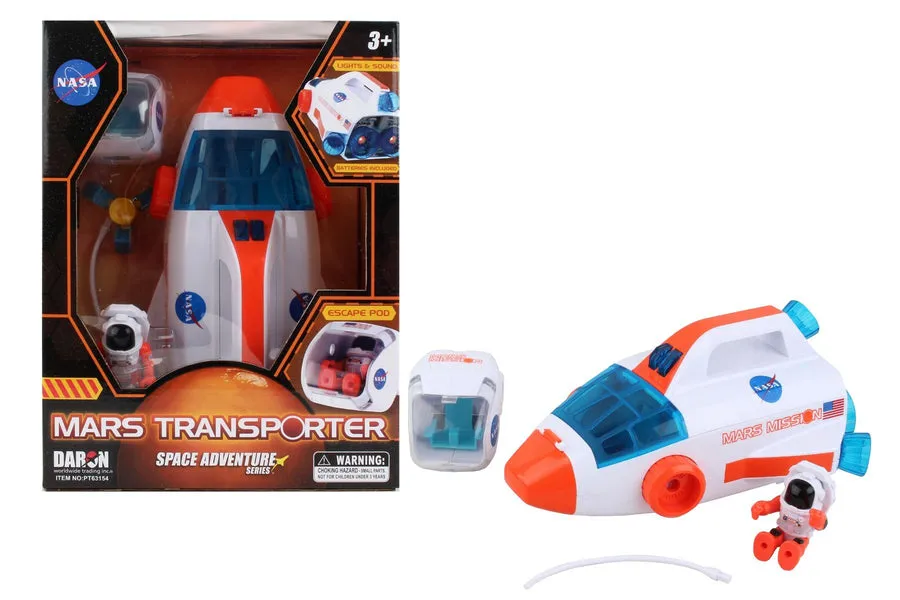
Specialty shops and dealers offer curated selections of diecast space toys and provide a higher level of expertise than online marketplaces. These shops, whether physical or online, often specialize in vintage toys, offering rare and high-quality models. The staff at these shops have expertise and knowledge of the hobby and are willing to provide guidance, answer questions, and help you find specific models. The benefit of purchasing from a specialty shop is the assurance of authenticity and a more accurate assessment of a model’s condition. The prices at specialty shops may be higher than at online marketplaces, reflecting the expertise and the value of the services provided. It’s important to research the shop’s reputation before making a purchase. Reading online reviews, checking the shop’s return policy, and asking questions about the model’s history are all good practices. Building a relationship with a dealer can provide access to models, insights, and opportunities to expand your collection.
Toy Fairs and Conventions
Toy fairs and conventions offer exciting opportunities to find diecast space toys, connect with other collectors, and negotiate prices in person. These events bring together dealers, collectors, and enthusiasts, creating a dynamic marketplace and a vibrant community. Toy fairs are great for discovering rare and vintage models, as dealers often bring their best stock to these events. The ability to examine models in person, inspect their condition, and discuss their history with the seller is a significant advantage. Conventions often feature guest speakers, workshops, and displays, which provide opportunities to learn about the hobby. Negotiating prices at toy fairs is common, giving you the potential to acquire models at a better price than what you might find online. It is important to do some research before attending, to familiarize yourself with the models and the prices. Have a budget and be prepared to walk away if the price is not right. These events provide a social and intellectual experience, allowing you to share your passion and connect with like-minded individuals.
How to Start Your Collection
Starting a diecast space toy collection can be a thrilling journey, but it’s important to begin with a plan. Decide what kind of models you’d like to focus on, such as specific spacecraft, eras, or manufacturers. Setting a budget will help you stay focused and prevent you from overspending. Once you have set your goals, you should begin your search. Researching the market, exploring different online marketplaces, specialty shops, and toy fairs will help you familiarize yourself with the range of models and their values. Building a collection takes time and patience, and it’s okay to start small. The key is to be patient and enjoy the process of learning, researching, and finding the models that resonate with you. As your collection grows, you can refine your focus, expand your knowledge, and build relationships with fellow collectors. The journey of collecting is just as rewarding as the collection itself.
Setting a Budget
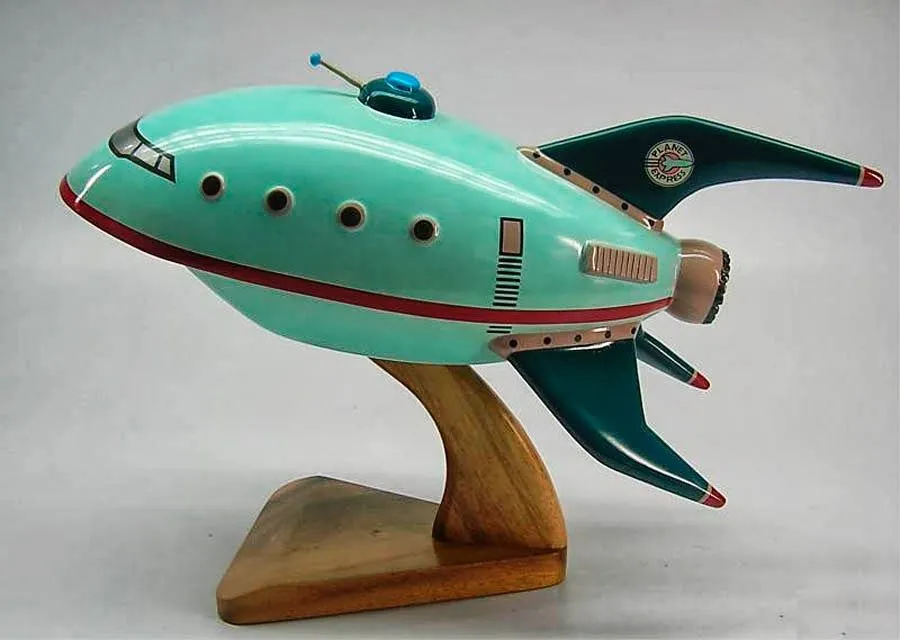
Setting a budget is the first step in any diecast space toy collection. Determine how much you are willing to spend on your collection, both initially and on an ongoing basis. Consider the various factors that affect the costs, such as the type of models you are interested in, their rarity, and their condition. Researching the prices of models will allow you to better estimate your costs. Set a reasonable budget for each model and stick to it. It is wise to start with a modest budget until you learn more about the market. As your collection grows, you can adjust your budget. Track your spending and make sure you are not exceeding your financial limits. Remember, the joy of collecting is more important than the value of your collection. Enjoy the journey of collecting, learning, and building your collection without putting yourself into financial distress.
Choosing Your Focus
Choosing your focus is a crucial aspect of starting a diecast space toy collection. It involves defining your collection’s scope, which can help you make informed decisions, narrow your search, and build a cohesive collection. Consider what aspects of space exploration appeal to you the most. Do you have a passion for the early space race, the Apollo missions, or the modern era of space travel? You can focus on particular types of spacecraft, like rockets, satellites, or lunar modules. You might focus on models from a specific manufacturer or era. Deciding on a scale for your collection is also important. Choosing a single scale, such as 1:72 or 1:48, can create a sense of consistency. Focusing on a specific theme helps to organize your collection, making it more visually appealing and easier to display. By defining your focus, you will streamline your research, enhance the collectibility of your toys, and build a collection that truly reflects your interests.
Researching and Identifying Models
Researching and identifying models is a key aspect of building a diecast space toy collection. It involves learning about the different models, their history, and their value. It is best to start with the models that interest you most. Online resources such as reference guides, websites, and forums provide valuable information about model manufacturers, model releases, and pricing. Examining the model’s markings, paint schemes, and details can help you identify it. Learning to recognize original packaging, which adds significant value, is important. Comparing models with known examples will allow you to identify authentic items. By doing research, you can determine the rarity and value of a model. Understanding the history and background of each model allows you to appreciate it more fully. As a collector, developing these skills will help you to make informed decisions and build a collection that is both enjoyable and valuable.
Displaying and Preserving Your Collection
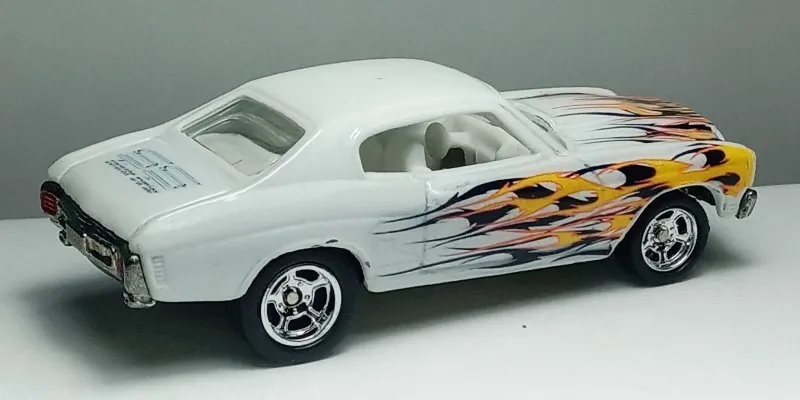
Displaying and preserving your diecast space toy collection is critical to both its visual appeal and its long-term value. Proper display shows off your models and also protects them from damage. Storing your collection properly helps prevent the effects of dust, sunlight, and temperature fluctuations. Implementing protective measures and following routine care will help ensure your collection remains in excellent condition for years to come. Whether you are displaying a few prized models or a large collection, these practices will safeguard your investment and allow you to enjoy your hobby to the fullest. A well-cared-for collection is not only a source of enjoyment, but also a potential asset that can be passed down to future generations.
Displaying Your Toys
Displaying your diecast space toys allows you to showcase your collection and enjoy them on a daily basis. Choose a display location that is away from direct sunlight and extreme temperatures, to prevent damage. Display cases are a great option as they offer protection from dust and accidental damage. You can choose a display case that fits with the scale, the layout, and the size of your collection. If you choose open shelving, consider the use of dust covers to protect the toys from dust. Arrange your models in a way that is visually appealing and easy to view. Organize them by manufacturer, scale, or historical significance. Use appropriate lighting to enhance the visual impact of your collection. Proper display helps to organize your models. It also protects your collection and allows you to share your passion with others. This is the key to making your hobby enjoyable and to showcase your passion.
Proper Storage Techniques
Proper storage is essential to protecting your diecast space toys from damage and preserving their value. Store your models in a cool, dry place away from direct sunlight, which can cause fading and damage. Use archival-quality storage boxes or containers with acid-free materials. Wrap each model individually in acid-free tissue paper or bubble wrap to protect it from scratches. Be sure to store models in a place that is not humid to prevent rust and corrosion. Avoid storing your models in attics or basements, where temperature fluctuations are common. Label your storage containers clearly, so that you can easily locate your models. Proper storage allows you to preserve your collection and to safeguard your investment for years to come. Following these techniques will allow you to ensure the longevity of your collection and to enjoy the beauty and value of each model.
Protecting from Damage
Protecting your diecast space toys from damage is crucial for maintaining their condition and value. Dust is the number one enemy. Regular dusting with a soft brush or cloth is essential. Direct sunlight can fade paint and damage delicate details. Use curtains or blinds to prevent direct sunlight from reaching your models. Consider using UV-protective display cases. Prevent moisture from getting into your collection. Use a dehumidifier in your storage area. Careful handling is important; always handle your models with clean hands, and avoid touching the painted surfaces directly. Prevent accidental damage by displaying your models in areas that are not prone to accidents. Handling your collection, cleaning your models, and regular inspections will help you keep your models in top shape for years to come.
Maintaining Your Collection
Maintaining your diecast space toy collection involves regular cleaning, care, and proactive attention. This ensures the longevity of your models and preserves their value. Develop a maintenance routine to protect your toys from damage. Following these practices will help keep your collection in pristine condition for years to come. A well-maintained collection is not only a joy to own, but also a potential asset that can be enjoyed for years to come.
Cleaning and Care
Regular cleaning and care are critical to maintaining your diecast space toys. Dust your models frequently with a soft brush or cloth to prevent dust buildup. Avoid using harsh cleaning agents or chemicals that can damage the paint or the finish of your models. Use a damp cloth to clean the models and then dry them with a soft, clean cloth. When cleaning, pay attention to delicate areas and fine details. Store models in a safe place where they are protected from damage. Regular cleaning will help preserve your collection and protect your investment. By taking care of your collection, you will enjoy your models for years to come.
Insurance and Valuation
Considering insurance and valuation is a smart step for protecting and managing your diecast space toy collection. Insurance provides financial protection against loss or damage from unforeseen events like theft or natural disasters. Obtaining an appraisal helps determine the value of your collection. There are several ways to get an appraisal. You can consult with a professional appraiser, or you can use online valuation services. Be sure to document your collection with photographs, detailed descriptions, and any relevant documentation. Regular review and updates of your collection’s value are a good practice. By getting insurance, documenting your collection, and keeping it up to date, you can protect your investment and your enjoyment of the hobby. Taking these steps will give you peace of mind.
Conclusion
Building a diecast space toy collection is a rewarding hobby. From the historical significance of the models to the intricate details, the hobby has something for everyone. By understanding the history of these toys, learning about their value, and taking care of them, you can build a collection that you will enjoy for years to come. Remember to start with a plan, choose your focus, research and identify models, and protect and display them. Take the time to connect with other collectors, share your passion, and learn from their experiences. Collecting diecast space toys is more than just a hobby, it’s a journey. Embrace the journey and enjoy the thrill of the hunt, the joy of the find, and the satisfaction of building a collection that represents your passion for space exploration. The hobby blends the thrill of the chase, the pleasure of ownership, and the opportunity to connect with others who share your enthusiasm for these miniature marvels. Happy collecting!
